
I stopped by yesterday to check this place out and was very pleasantly surprised by it.
In that the Owner unlike many “Gun Shops Etc”. (Who usually are a very surly and grumpy type that we all know.) Instead I found the owner is a very smart and personable fellow. That came to the plate and did a first rate job.
I also found that he has a good variety of ammo at very reasonable prices. My only complaint being that he did not have any 257 Roberts ammo. But then that is very understandable.
So if you are in the area. You might want to check this place out!
Grumpy

PS – They have a dog named Evette there that is a real cutie!
Categories
Just Because – NSFW
Categories
Some 1911 Porn











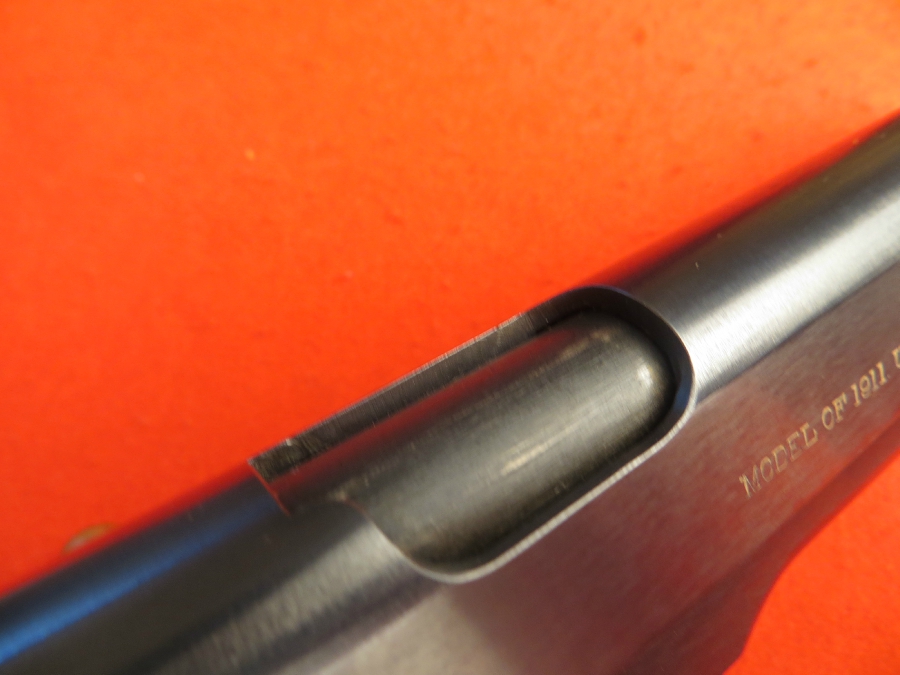
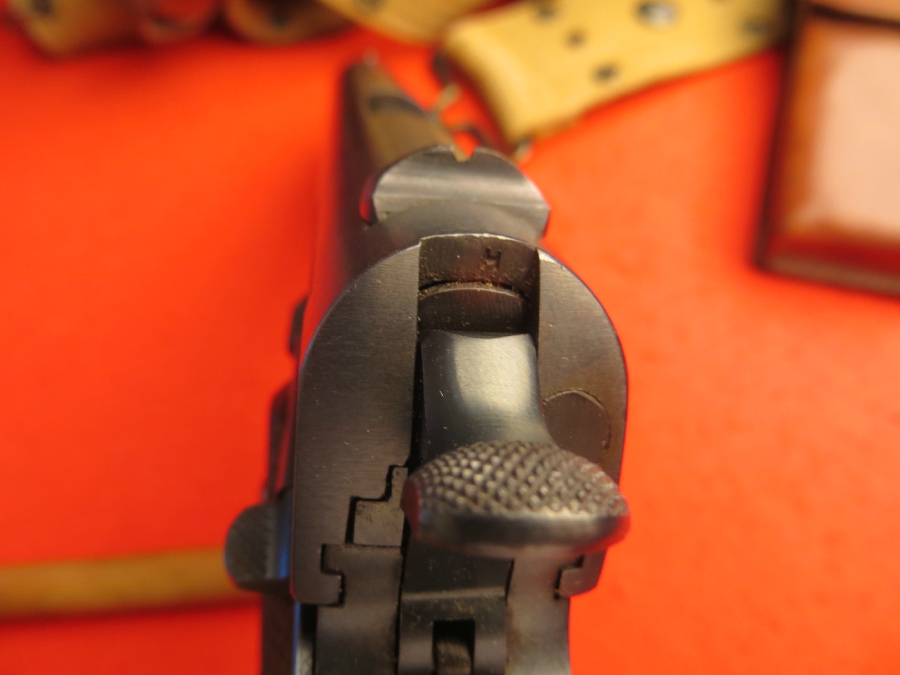
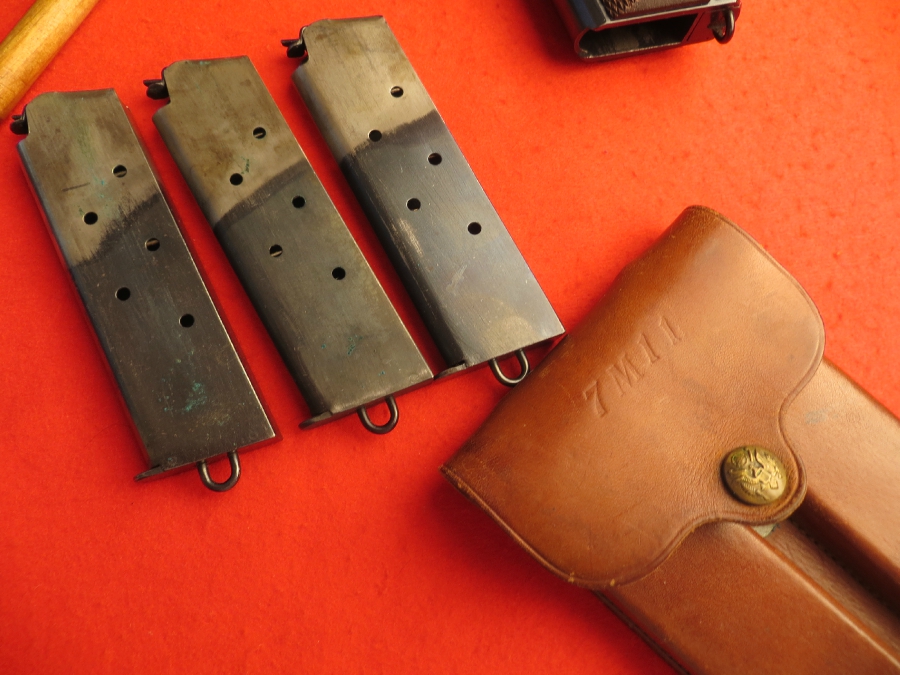
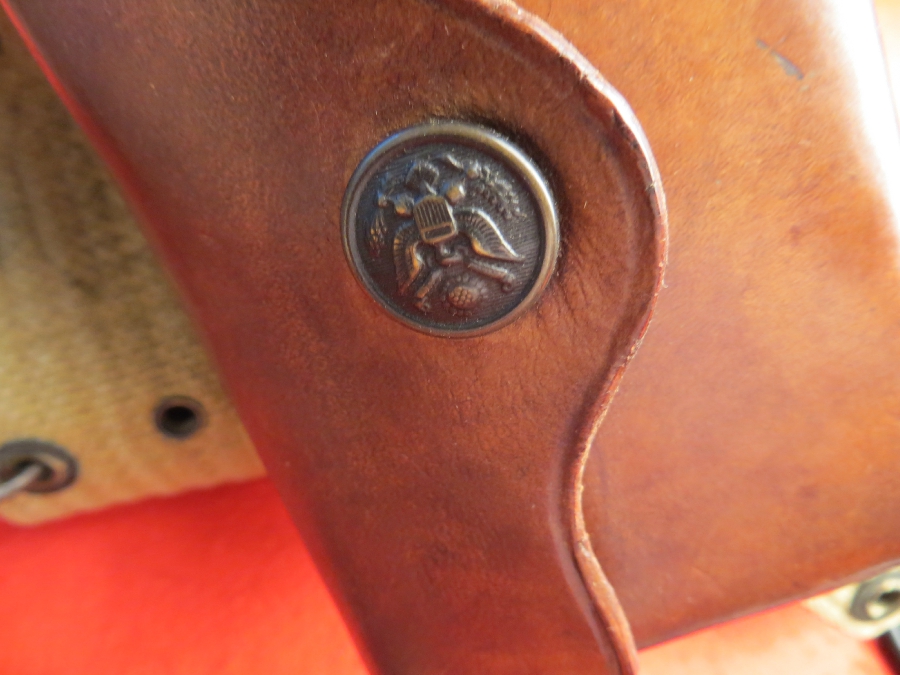
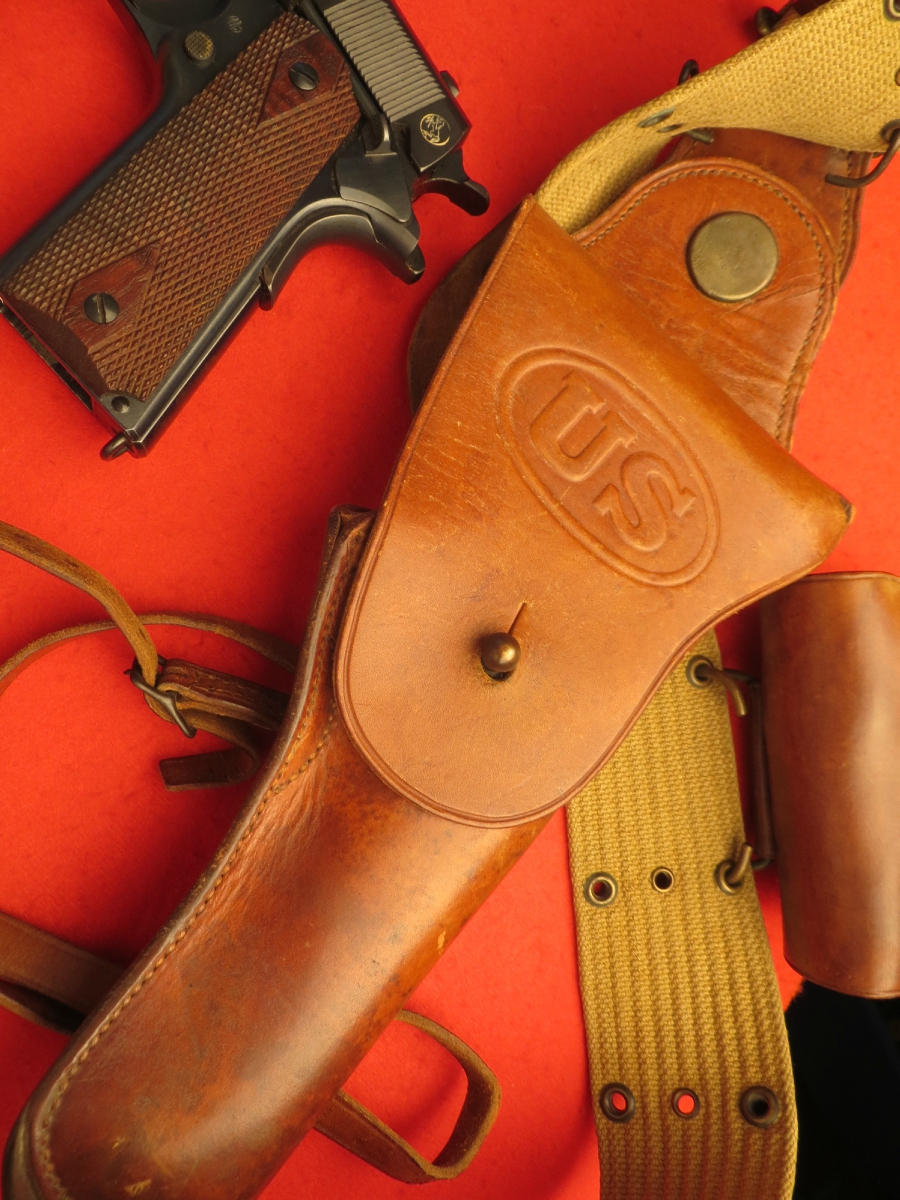
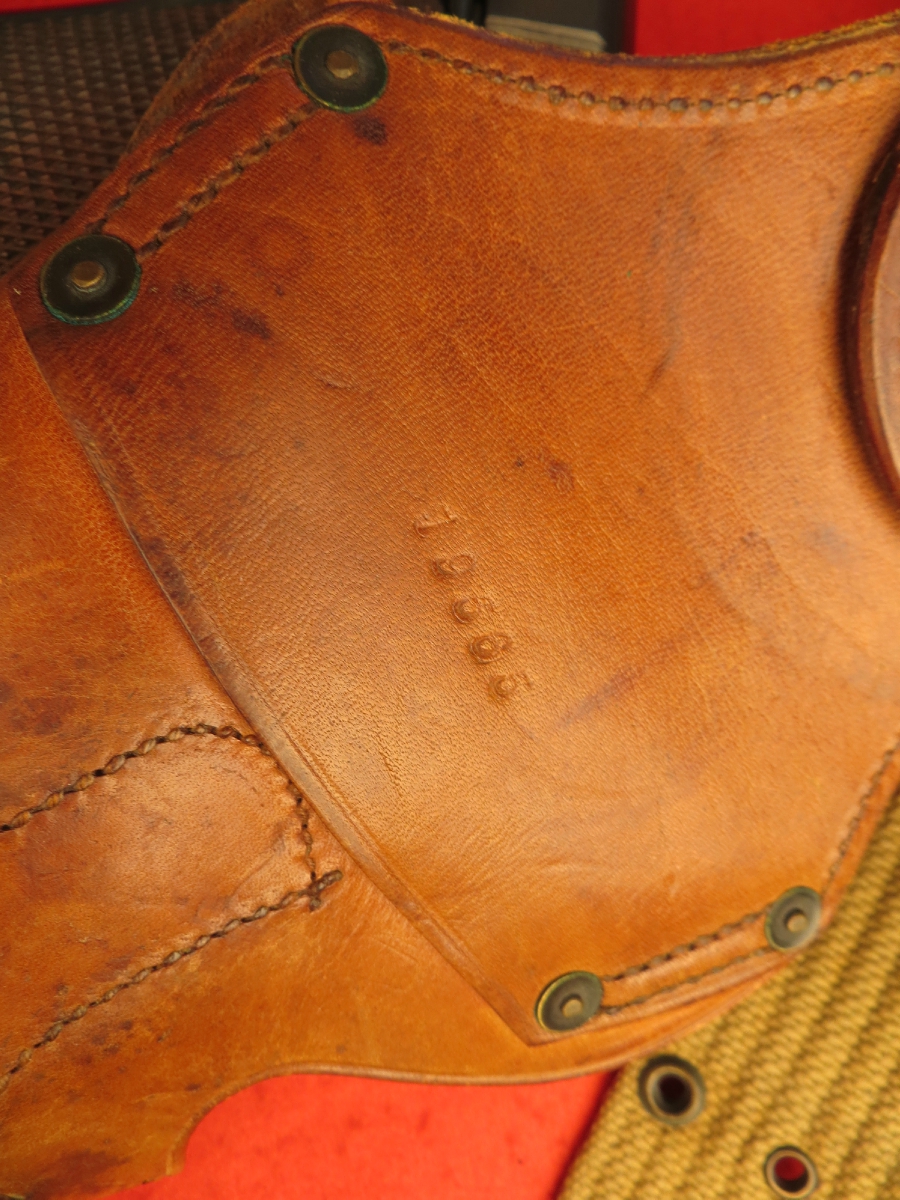
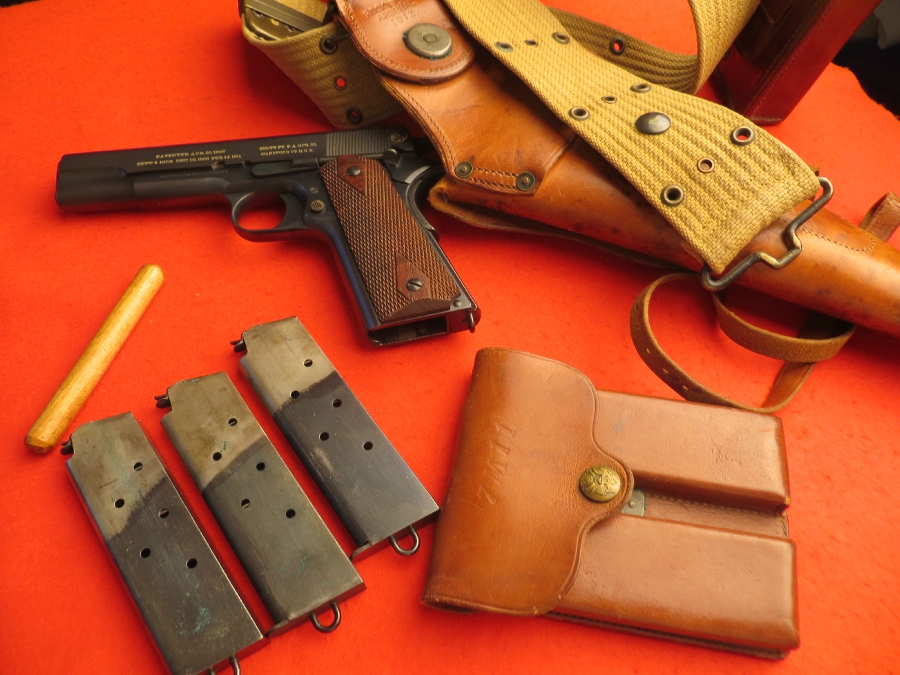
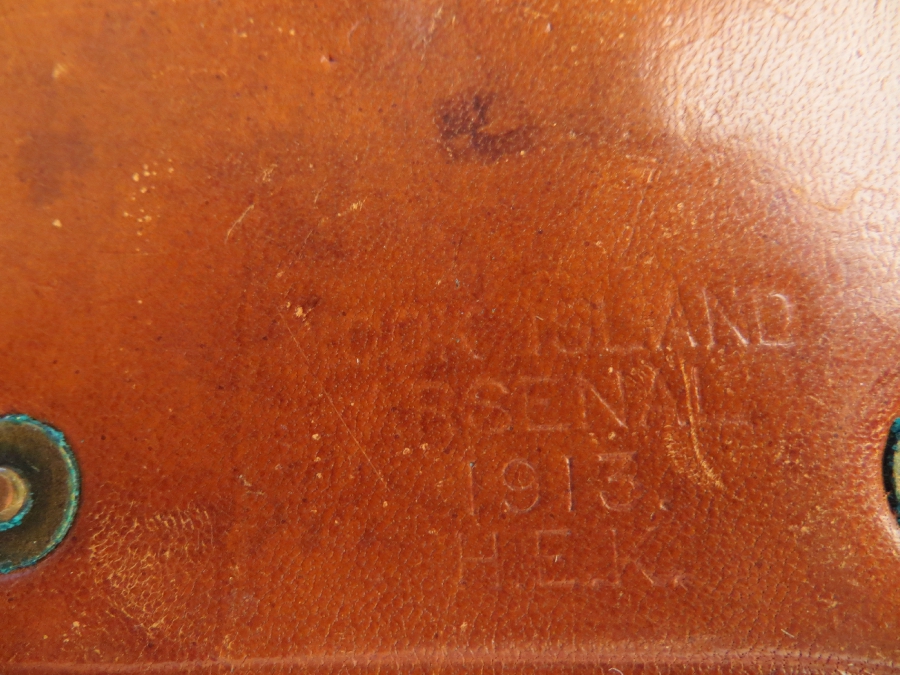
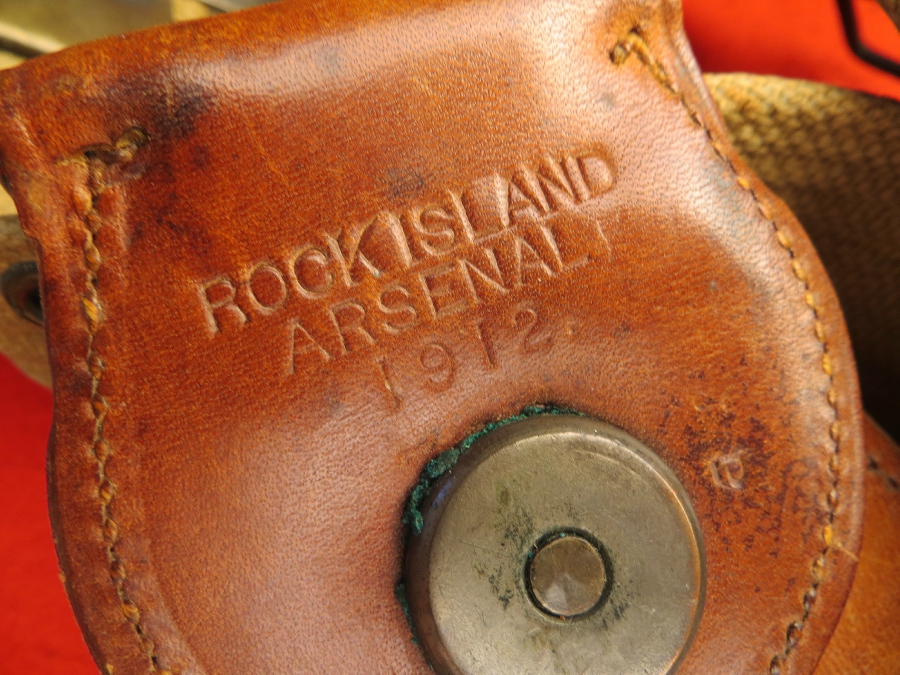

Granted it is a homogeneous country with a great police department. But every man has been issued an assault rifle and a lot of ammo. For the day somebody is stupid enough to pick a fight with the Swiss.
So I am just saying, something to think about!
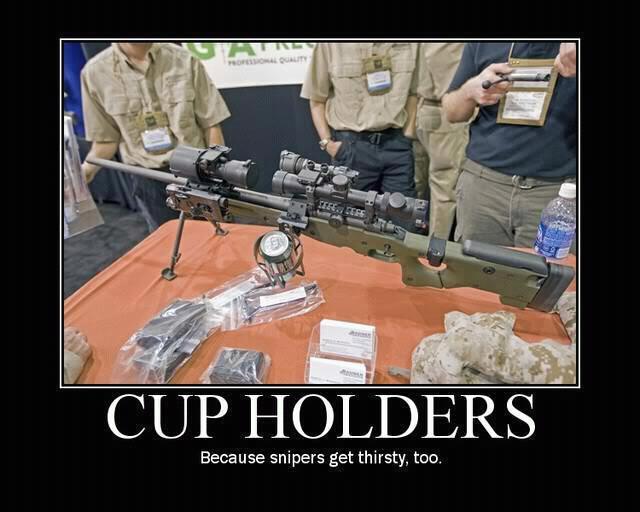
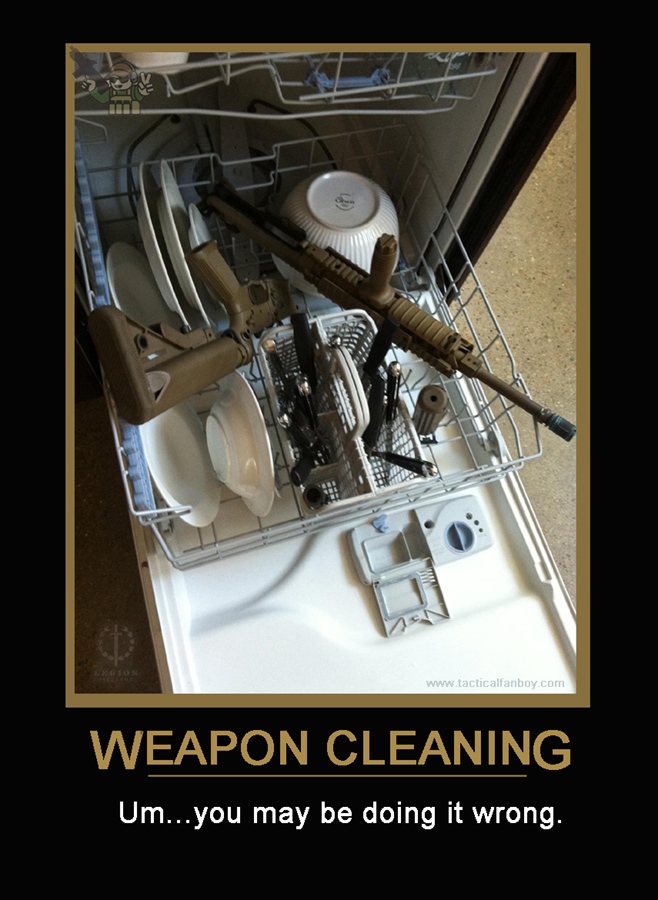
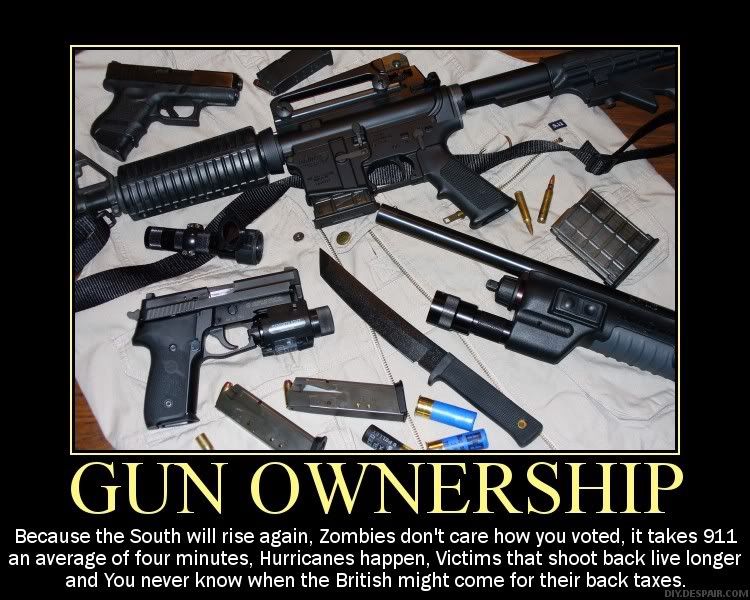

- Your PTI for P Company is a guy named Sandy.
- We’re from the government, we’re here to help you.
- Relax, you’ll be home by Christmas.
- We’re sending you to 224 Signal Squadron
- “You know I told you I was over sixteen ? Well…”
- You’ve got three weeks to live
- The Americans will be providing the close air support.
- You’re posted to Tidworth
- Your new Troop Sgt has just done P company
- Leave is cancelled
- Pick up the log
- Step to the time I call out
- Do you accept my award
- It’s character building
- I’m sorry, Sir, but I’ve had to remove your penis and both your testicles
- We’ve always done it that way!
- You are cordially invited to the 3 Para Mortar Platoon Rohypnol Party
- My office. Now.
- Move to Grid 12345678 where the helicopters will pick you up at 0300.
- Do you have anything planned for leave?
- It’s your turn to blow the blind grenade.
- OK, integrity question, did you do it?
- I think it’s yours
- Crack, Crack, Ping, Ping, THUMP.
- Sunray is down.
- Breaking into double time…
- Taking you a stage further in your foot drill……… I left you in this position
- Rifle exercises judging the time…….
- Reveille 05 early hours and Drill until NAAFI break
- Contact, wait..out.
- Follow me, it’s a short cut.
- Of course the Claymore is pointing away from us…er..which way are WE pointing ?
- Good effort lads, outstanding entry drills, but it’s the wrong house.
- Has anyone seen the enemy? Right, You! … Draw Fire.
- GAS GAS GAS
- The RMP are in the block
- You feature rather a lot in the Christmas duty list
- I forgot to tell you, I’ve got herpes
- Don’t make plans for the weekend
- The PRE team have just come through the gates
- You’ll get it in theatre
- Is that it?
- We’re all out of them, fill out all these forms and we will indent for them.
- There’s an Officer in here improperly dressed…
- It’s your round.
- Too slow, do it again!
- Standby….
- CDT are here??
- ONE! Two, Three, ONE!!
- Mr Vice…that’ll be a bottle of port
- Welcome to RM Bickliegh. I hear there’s some special entertainment booked later on…
- You’re in your own time now.
- My wife’s ugly and my supper’s a salad.
- Sh1t rolls down hill.
- Bug out!!!
- Standby your beds!
- You’re up first. Now.
- It’s either cancer or penile warts.
- The RSM wants your feet in his in tray NOW.
- Tony needs something to whip up voter support and he’s decided on another war.
- We’re giving free lighters to Labour peers.
- Right, lads, this one’s a silent breach.
- Bend over. This may smart a bit!
- We need a decoy….
- You shure got a prurty mouth…..
- If it ain’t raining it ain’t training.
- Soldier, I’m the Platoon Commander, I should have the map!
- Right-ho chaps, I know where we are, follow me!
- Can you just have a quick look at my 432?
- More Tea Vicar?
- Don’t worry lads. I was in the RAF you know.
- Has anyone actually read the manual Sgt?
- One volunteer required!
- Just a shandy for me please.
- All leave is cancelled until morale improves.
- Iraq? Is that near Catterick?
- You’ll like Osnabruck its a great posting?
- The alert states gone up and we need to double the guard!
- Remove your canister and take a deep breath.
- Can I see his Conduct Sheets Sergeant Major.
- 14 Days Restriction of Privileges, March Out!
- Open your lockers?
- Report to the cookhouse/kitchen for DROs.
- Well, we finished an hour early , and as it’s such a pleasant day…
- AGAI 67…
- Tony has decided to send troops to the Lebanon on peace keeping duties…..
- ………using UN rules of engagement……..
- ……………..with only 2 rounds each……
- …………………which have to last you the whole tour!
- Ok lads we’ve got a choice. Either The US Air Force A-10‘s do our close air support … or its RAF Harriers!
- Greenie to the pan!
- Cyprus is cancelled lads. Budget cuts from LAND I’m afraid. However, we managed to get Sennybridge at short notice for April.
- Do you know you have glowstick on your helmet?
- We need you to lay this comms line… if you see the minefield you’re going the right way…
- I’m tired, you can finish yourself off…
- For you Tommy, ze war is over!
- Sarge, what is this stuck in my gun!
- That’s no hill, just get up it!
- Welcome to P Company.
- If it’s not raining, it’s not training.
- Civvies pay a fortune to do this! you get to do it for free and get paid for the privilege!!
- Brecon
- Round off line!!
- Press-up position…Down!!
- You’ve let me down, you’ve let the Battery down, but above all, you’ve let yourself down
- JPA
- Have you read this book? Brilliant innit?!
- Otterburn
- Lower… Raise…
- You’re on stag
- Prepare to double!
- Right you cunts, reference that prominent woodline roughly 4km away? I want each of you to bring me a twig from it…
- DOUBLE!!!!!
- Incoming!!
- CRACK….THUMP.
- Auntie Karen Matthews is coming over the babysit.
- This flu you’ve got … you weren’t in Mexico recently were you?
- QUICK MARK TIME!!
- Don’t bother unpacking as there has been a change of plan.
- I’m sorry, I can’t find your name on the list.
- Excellent idea Lieutenant.
- Sure, take what you need from the stores. We got an excellent deal on Webtex the other day.
- Right, that’s Sennybridge booked for October.
- “ACTIVE EDGE, GET OUT YER BEDS”
- Show me you wanna be here
- Grenade!
- Come back when the rifles clean
- That’s not a full water bottle! Concrete hill it is
Categories
SMITH & WESSON M&P 9MM
Categories
Some Real Men Toys









